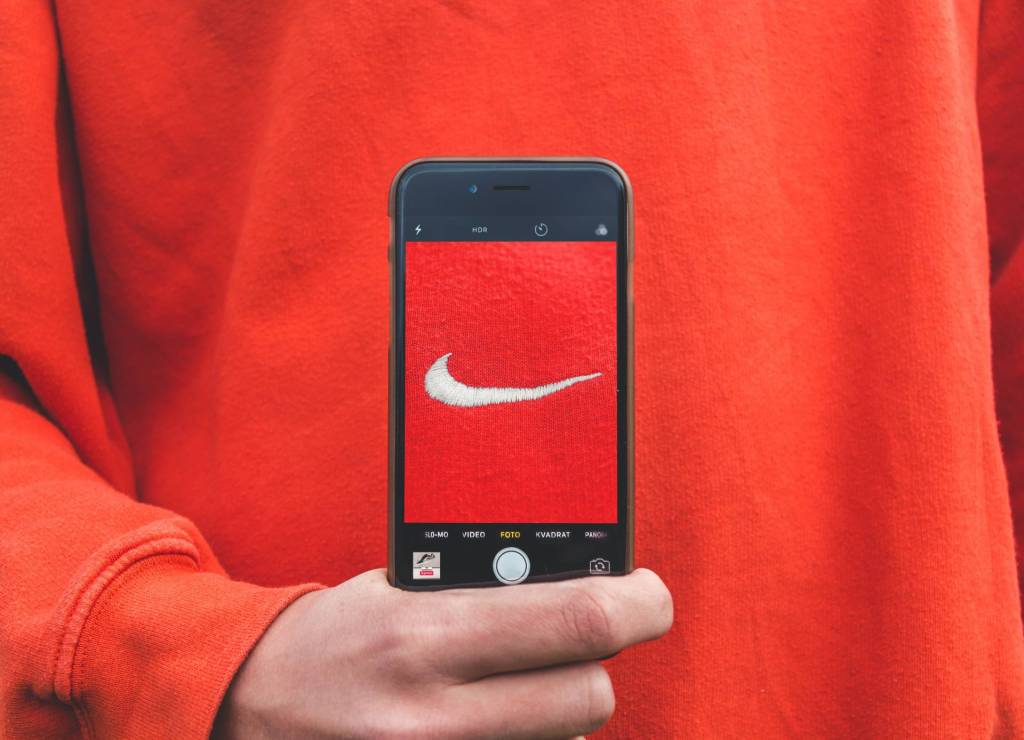Today, I spoke to David Aaker, who I interviewed back in 2008. David is the Vice Chairman of Prophet and the creator of the Aaker Model™. He has published more than 100 articles and 14 books, including his latest called Brand Relevance. In this interview, David talks about brand relevance, what it means for companies moving forward, and examples.
What is brand relevance?
“Brand relevance: To be relevant to a category or subcategory a brand needs to have the credibility and visibility to be considered.”
In brand relevance competition the goal is to develop offerings so innovative that competitors are simply not relevant. In contrast, brand preference competition, where the goal is to be superior to other brands in an established category, there is ongoing pressure on margins and profits.
What are some examples of companies that have eliminated their competition through brand relevance?
Apple has at least six times created or become the early market leaders of new categories—the iMac, iPod, iTunes, the Apple store, iPad, and iPhone– in just over a decade. In automobiles there is Jeep, Ford Thunderbird, Ford Mustang, VW bug, Pontiac Firebird, Dodge Caravan and Plymouth Voyager, Lexus LS 400, Mazda Miata, Saturn, Prius, Minicooper, Nano, Enterprise Rent-A-Car, and Zipcar. In retailing, examples include: Zara, H&M, Tokyo Hands, Best Buy’s Geek Squad, Whole Foods Market, Zappos.com, Muji, REI, and IKEA. Every industry has a host of examples.
What is the process of creating “brand barriers”?
The goal is to become the exemplar, the brand that represents the new category or subcategory, so that the brand’s benefits, its customer relationship, and even the brand name become part of the category or subcategory definition. So the Prius, as the exemplar of the compact hybrid, has been able to define for some a subcategory that includes hybrid synergy drive, a pleasing design, and high quality level. Competitors that lack those features will not be relevant for much of the market.
What are the three vital tasks of brand relevance?
First, to create a breakthrough new offering, there needs to be a strategic vision, including a well-defined target audience, that reflects a true unmet need and has the commitment of a dedicated CEO. Second, there needs to be a willingness and ability to manage the perception of and preference from the new category or subcategory. Third, the barriers to competitors need to be continually enhanced, so that the brand presents a moving target to competitors.
How do you avoid having a brand go into decline?
First, you need to maintain energy and visibility either by having an interesting new product program or by attaching your brand to something with energy such as the Avon Breast Cancer Crusade. Second, you need to make what they are buying. If a new competitive subcategory emerges, you can attempt to stick-to-your-knitting and fight, gain parity, leapfrog the new advance, or create a new business that is responsive.
—–
 David Aaker is the Vice Chairman of Prophet and the creator of the Aaker Model™. He has published more than 100 articles and 14 books, including Managing Brand Equity, Building Strong Brands, Developing Business Strategies, Brand Leadership, Strategic Market Management, From Fargo to the World of Brands, and Brand Portfolio Strategy. David’s latest book is called Brand Relevance.
David Aaker is the Vice Chairman of Prophet and the creator of the Aaker Model™. He has published more than 100 articles and 14 books, including Managing Brand Equity, Building Strong Brands, Developing Business Strategies, Brand Leadership, Strategic Market Management, From Fargo to the World of Brands, and Brand Portfolio Strategy. David’s latest book is called Brand Relevance.
He is also featured in a chapter of Conversations with Marketing Masters – a collection of insights from some of the world’s most influential marketing gurus. As the Professor Emeritus at the Haas School of Business, University of California, Berkeley, he has been awarded four career awards including the 1996 Paul D. Converse Award for outstanding contributions to the development of marketing.













